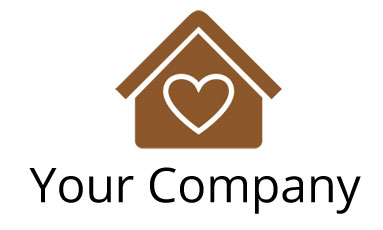
Alcohol use is on the rise among older adults. And it’s not easy to spot. Many of the signs resemble common problems of aging. And who wants to think that when Mom stumbles, for instance, it might be because of drink?! There’s a lot of shame associated with drinking, so older adults—especially older women—often hide the activity.
Chronic drinking. About two-thirds of older adults with drinking problems have been drinking much of their lives. They’ve been “getting away with it.” Or they may have stopped in middle age, and then relapse in late life.
Late-life triggers. The remaining one-third of older adult drinkers with a problem are people who may even have been teetotalers in their youth. Keep your eyes open! Even if Dad never seemed interested before, alcohol could be his “comfort” now. Loss makes elders particularly susceptible, for instance after the death of a spouse or a move to a new living situation. Pain or failing health are other common triggers. Even something as happy as retirement can pull the rug out, removing friendships, identity, and daily routines. With so much idle time, it’s easy to fall into a drinking habit without realizing it. When one drink becomes two or three, it can lead to dependence.
Loss of meaning and purpose are huge culprits. Loneliness and isolation lead to depression and anxiety. Without social contacts, it’s just too easy to “self-medicate” the emotional pain with alcohol. Older women generally, and men who have lost their partners, are especially vulnerable to drinking in later life.
Signs of a drinking problem
- Unexplained falls and bruises
- Moodiness, irritability
- Poor sleep
- Weight loss
- Forgetfulness
- Changes in appearance and hygiene
- Increased secrecy, hiding bottles
In a follow-up article, we will describe constructive ways to raise this sensitive subject with your loved one, as well as things you can do to help him or her.

